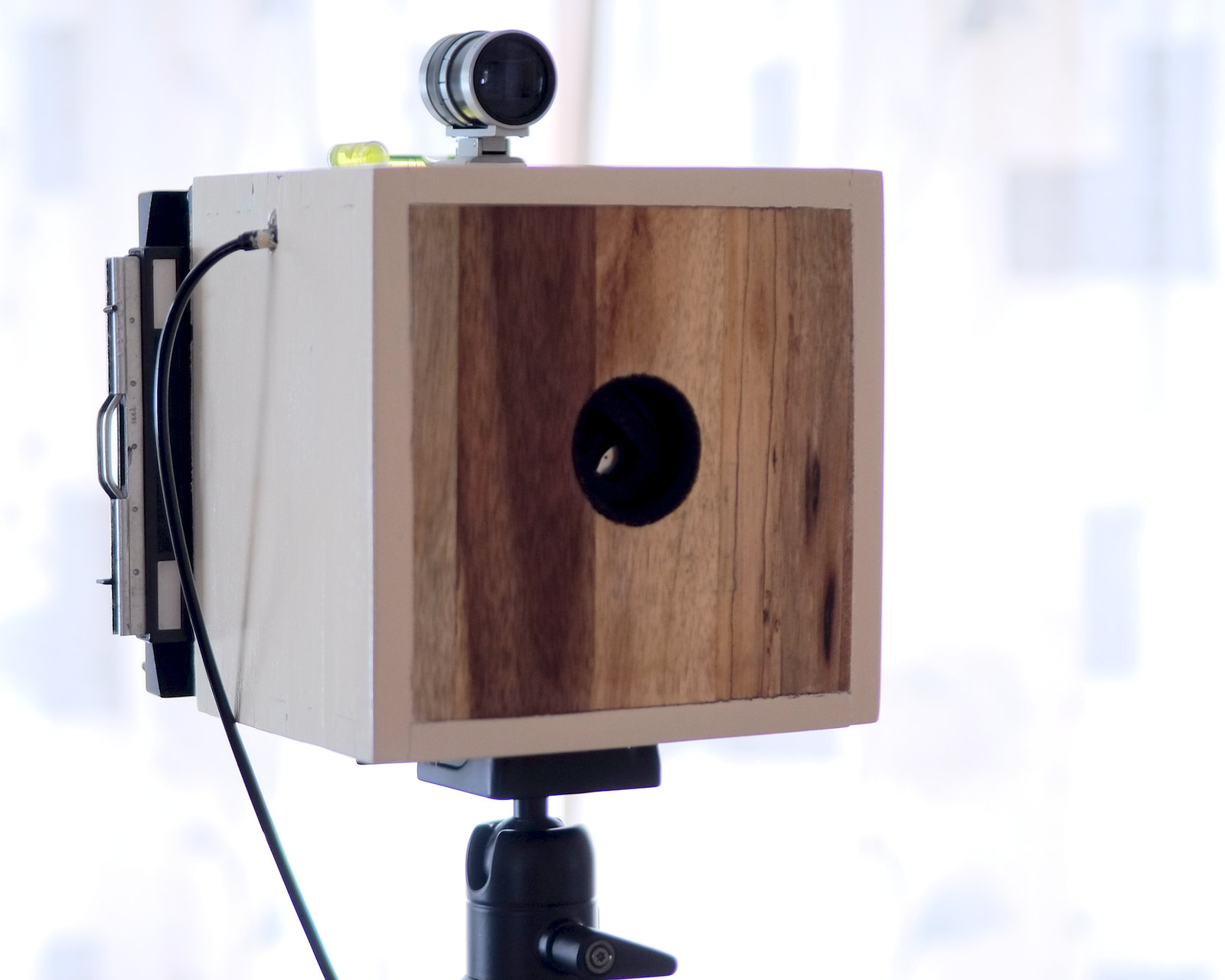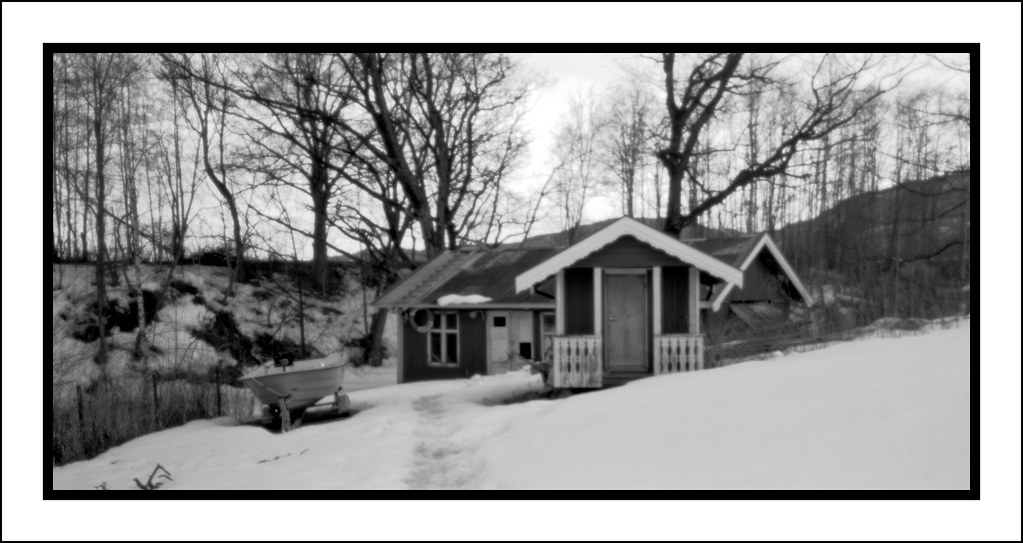The camera is based on a Mamiya-Sekor C-series 105mm f3.5 lens pair from a Mamiyaflex/C2/C3/C22/C33/C220/C330 camera. And a CB-100/101/103 type back. Both of which the customers had to source themselves. The lenses are capable of covering a film area much larger than the 6x6 on the Mamiyas. They would however need removing from the mounting plate to accommodate a larger distance between the two, needed on the DUO. The DUO also requires the backs to have the mounting claws removed in order to be mounted on a DUO specific adapter. The adapter mounts on the DUO using magnets, and can be rotated 90 degrees for both portrait and landscape modes. Kevin also made available a back adapter for 120 roll film, which I have, but have not yet put together.
Kevin has been very professional, adding updates, opening a blog, putting out videos and establishing an own flickr group to aid us poor DIY'ers in assembling the kit.
Late June 2013 my DUO kit landed in Norway. Being away during the summer, the kit laid untouched until the end of August. I then went about building it. With the help of Kevin's instruction manuals, videos and blog posts I managed to put it together, and paint it, in a weekend.
The camera is big, no question about it. But it is light, only 1320 grams all included, back and film loaded. The viewfinder is big (97x97mm), but at least on mine a bit dim, especially around the corners (viewing lens vignettes at f3.5 I would surmise). I also have a hard time shielding the finder from light intrusions and reflections. I might have to invest in a large wide brimmed hat ;) But, I am still happy after having shot the first pack of film. It really is a different experience. Google Rolleiflex and Polaroid, and see how many have tried to combine the two, indeed some have. The DUO however is built for the task, and will cover the full 4.24x3.25" type 100 film with no problems. The added bonus is of course you can shoot 120 roll film up to 6x9 on it too.
This is what it looks like
 |
| My DUO, painted in Signal Red, with Mamiya-Sekor 105/3.5 black lenses and CB-103 back |
 |
| Double exposure (intentional), headstone and church stairs |
 |
| Old Skoger Church, Skoger |
 |
| Old Skoger Church, Skoger |
For more information on the DUO:
http://duo-tlr.blogspot.no
http://www.flickr.com/groups/duo-tlr/







